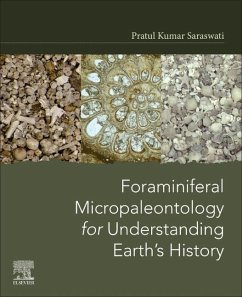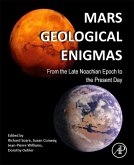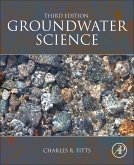Foraminiferal Micropaleontology for Understanding Earth's History incorporates new findings on taxonomy, classification and biostratigraphy of foraminifera. Foraminifera offer the best geochemical proxies for paleoclimate and paleoenvironment interpretation. The study of foraminifera was promoted by oil exploration due to its exceptional use in subsurface stratigraphy. A rapid technological development in the past 20 years in the field of imaging microfossils and in geochemical microanalysis have added novel information about foraminifera. Foraminiferal Micropaleontology for Understanding Earth's History builds an understanding of biology, morphology and classification of foraminifera for its varied applications. In the past two decades, a phenomenal growth has occurred in geochemical proxies in shells of foraminifera, and as a result, crucial information about past climate of the earth is achieved. Foraminifera is the most extensively used marine microfossils in deep-time reconstruction of the earth history. Its key applications are in paleoenvironment and paleoclimate interpretation, paleoceanography, and biostratigraphy to continuously improve the Geologic Time Scale.








